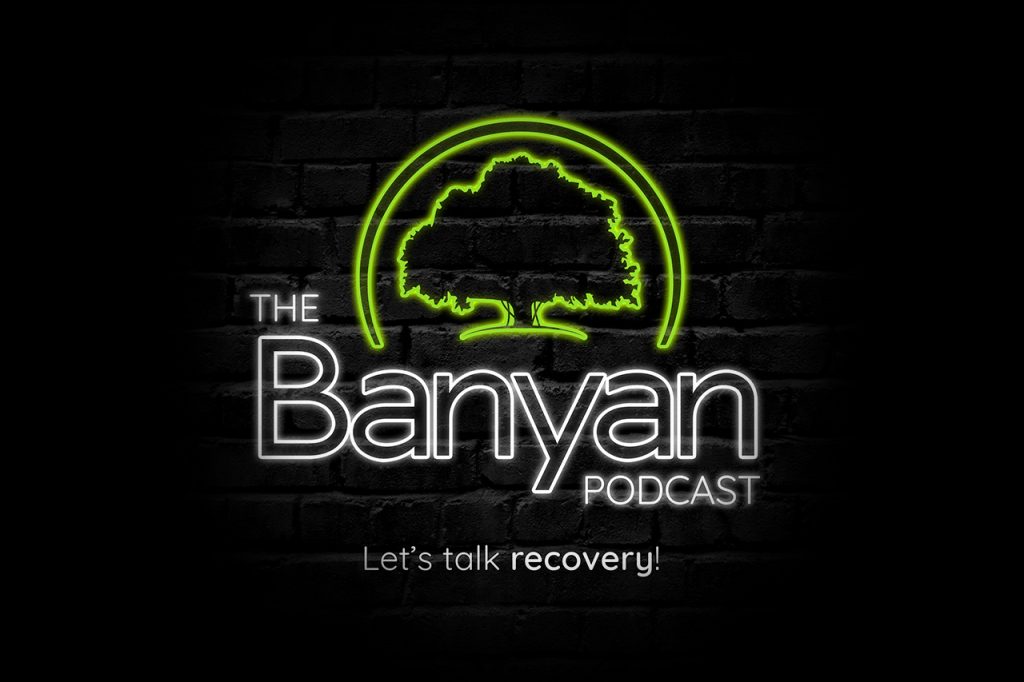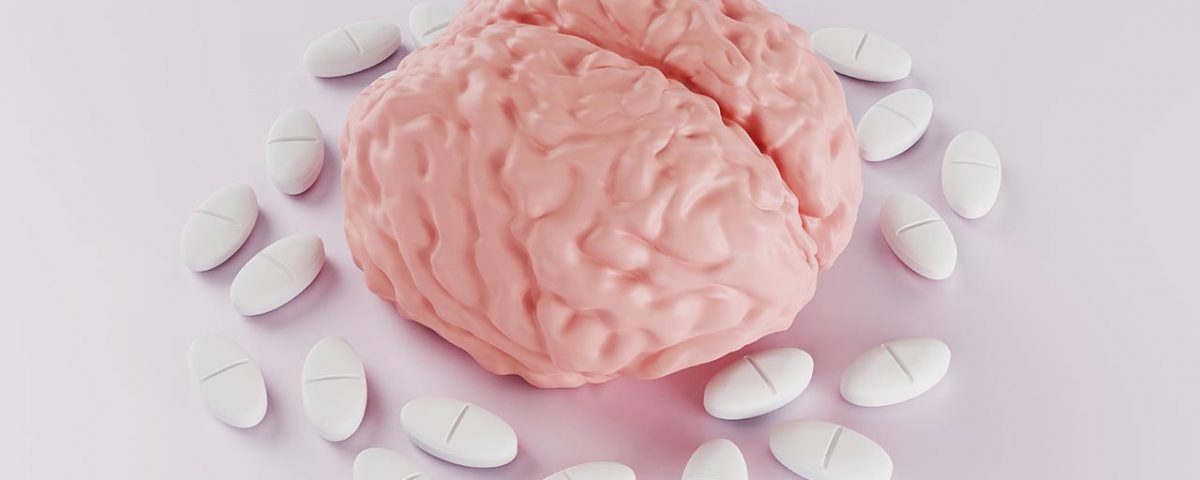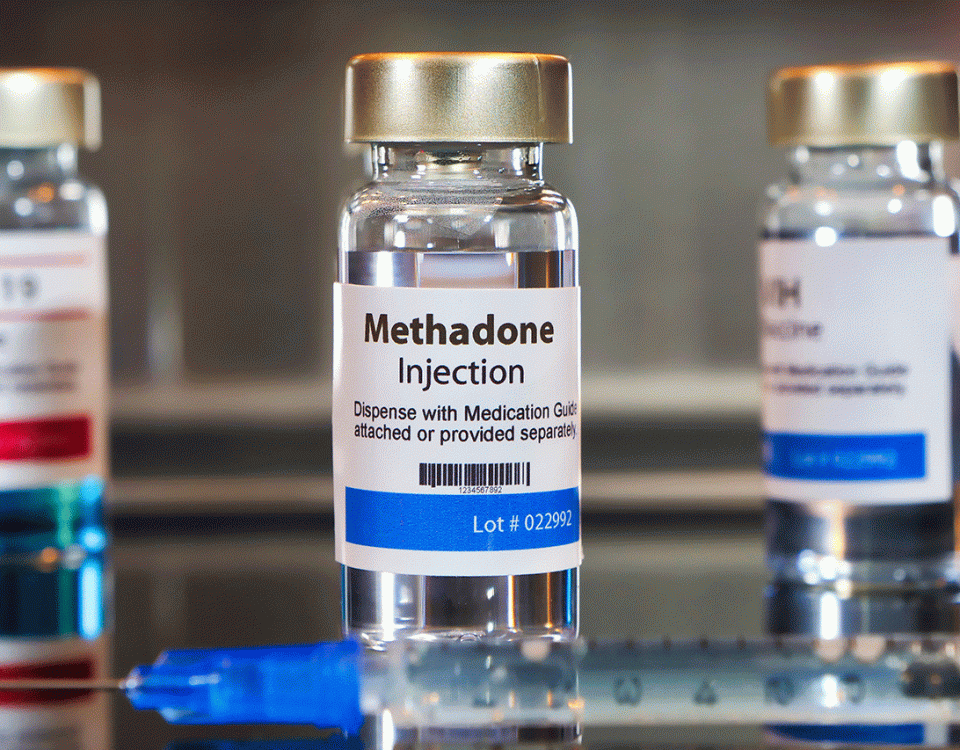Opioid abuse has been an ongoing problem in the United States for the past few decades as doctors increasingly prescribe opiates for several health conditions.
It’s because these drugs are prescribed by doctors that many patients believe they’re harmless, but this is far from the truth. Unfortunately, many individuals fail to receive addiction treatment, resulting in often life-threatening overdoses.
In an attempt to curb the opioid crisis, tighter restrictions on prescription opioids have been implemented. Consequently, people with opioid addictions have been turning to stronger drugs – such as the pink drug – in order to get their fix. The pink drug is a new opioid, so users aren’t fully aware of how the pink drug affects the brain or body. Our drug and alcohol treatment center in Pompano Beach decided to find out.
What Is the Pink Drug?
The pink drug, also known as U-47700, is a synthetic drug – available in a pink powdery form – that is imported to the United States from illegal labs in China. As the pink drug is far more potent than heroin and morphine, many people have died from even small doses. In response, the United States banned the deadly drug in 2016.1 The pink drug is normally sold illegally on the internet as a chemical and is often combined with other substances like fentanyl and heroin. In an attempt to avoid legal issues, sellers add messages like “for research purposes only” or “not for human consumption” on the packages.1
While researchers continue investigating how the pink drug affects the brain and body, Banyan Treatment Centers is continuously working to provide our patients with the best form of addiction treatment possible. Individuals with a dependency on the pink drug can begin their addiction recovery with an opiate detox.
The Effects of the Pink Drug on the Brain
Because the rise in pink drug is so recent, there are many unanswered questions regarding its effects on the body. The fact that it’s part of the opioid family gives us an idea about how it works, though. Like other opioids, the pink drug affects the brain by attaching itself to opioid receptors. These receptors send signals that trigger the reward system and pain perception – the feelings of pleasure and physical relief that the pink drug produces are what hook users. As the addiction worsens, the person may experience symptoms like:
- Insomnia
- Bone pain
- Muscle weakness
- Hyperalgesia (hypersensitivity to pain)
- Increased risk of contracting AIDS, HIV, and hepatitis
Individuals who struggle with an opioid or pink drug addiction usually require opiate addiction treatment to recover. Users who don’t seek out professional help are at a higher risk of overdosing and developing chronic health conditions.




















